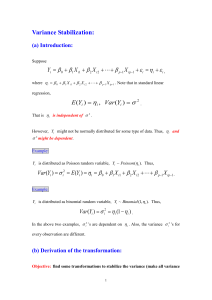Solving a regression problem by linear programming
advertisement
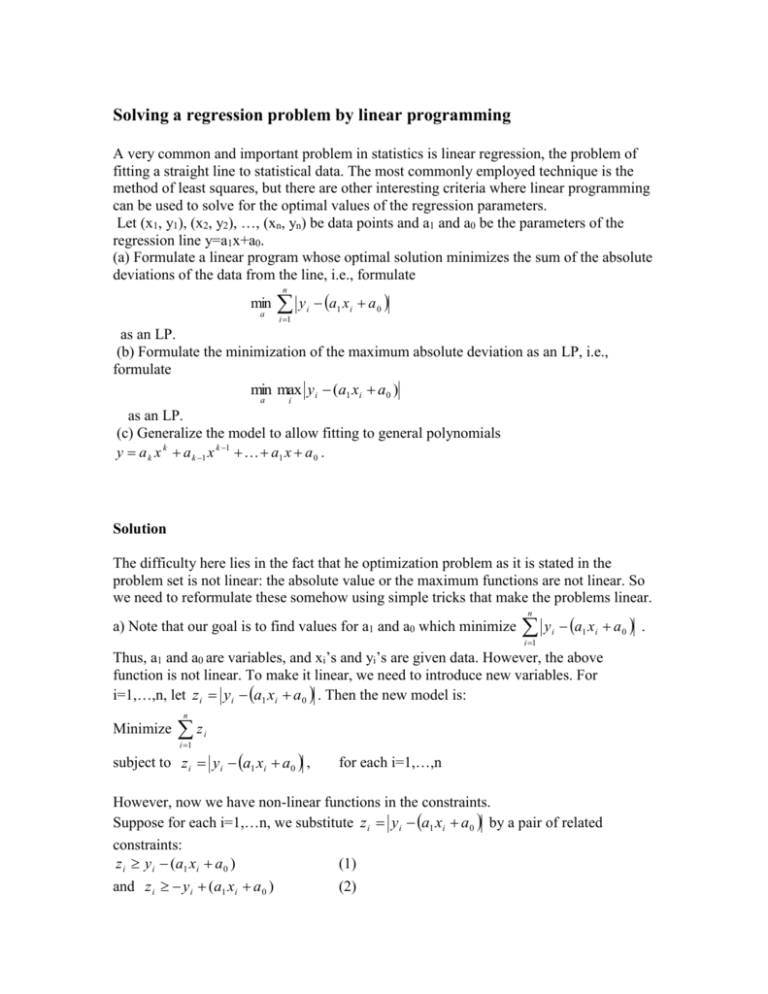
Solving a regression problem by linear programming
A very common and important problem in statistics is linear regression, the problem of
fitting a straight line to statistical data. The most commonly employed technique is the
method of least squares, but there are other interesting criteria where linear programming
can be used to solve for the optimal values of the regression parameters.
Let (x1, y1), (x2, y2), …, (xn, yn) be data points and a1 and a0 be the parameters of the
regression line y=a1x+a0.
(a) Formulate a linear program whose optimal solution minimizes the sum of the absolute
deviations of the data from the line, i.e., formulate
n
min
a
y a x
i 1
i
1
i
a0
as an LP.
(b) Formulate the minimization of the maximum absolute deviation as an LP, i.e.,
formulate
min max y i (a1 xi a 0 )
a
i
as an LP.
(c) Generalize the model to allow fitting to general polynomials
y a k x k a k 1 x k 1 a1 x a 0 .
Solution
The difficulty here lies in the fact that he optimization problem as it is stated in the
problem set is not linear: the absolute value or the maximum functions are not linear. So
we need to reformulate these somehow using simple tricks that make the problems linear.
n
a) Note that our goal is to find values for a1 and a0 which minimize
y a x
i 1
i
1
i
a0 .
Thus, a1 and a0 are variables, and xi’s and yi’s are given data. However, the above
function is not linear. To make it linear, we need to introduce new variables. For
i=1,…,n, let z i y i a1 xi a0 . Then the new model is:
n
Minimize
z
i 1
i
subject to z i y i a1 xi a0 ,
for each i=1,…,n
However, now we have non-linear functions in the constraints.
Suppose for each i=1,…n, we substitute z i y i a1 xi a0 by a pair of related
constraints:
z i y i (a1 xi a 0 )
(1)
and z i y i (a1 xi a 0 )
(2)
Note that (1) and (2) provide that z i y i (a1 xi a0 ) . But since our model is trying to
minimize zi’s, in the optimal solution the value of each zi will be taken all the way down
to y i (a1 xi a0 ) . Summarizing, the linear program is:
n
Minimize
z
i 1
i
subject to z i y i (a1 xi a 0 ) ,
z i y i (a1 xi a 0 ) ,
for each i=1,…,n
for each i=1,…,n
(1)
(2)
b) We want to min max y i (a1 xi a 0 ) . a1 and a0 are variables, and xi’s and yi’s are
a
i
given data. But the maximum of absolute values is not a linear function. To make it
linear, we need to introduce a new variable. Let z max y i (a1 xi a0 ) . Then the new
i
model is:
Minimize z
subject to z max y i (a1 xi a 0 )
i
Now we have a non-linear function in the constraint. However, the following equivalent
formulation takes care of that problem.
Minimize z
subject to z y i (a1 xi a 0 ) ,
z y i (a1 xi a 0 ) ,
for each i=1,…,n
for each i=1,…,n
(1)
(2)
Note that (1) and (2) provide that z max y i (a1 xi a0 ) . But since our model is trying
i
to minimize z, in the optimal solution the value of each z will be taken all the way down
to max y i (a1 xi a 0 ) .
i
c) Just replace (a1xi + a0) above with (ak xik+ ak-1xk-1i+ +a1xi + a0).
AMPL (software for solving linear programs) model for part (a)
set Points;
param x{Points};
param y{Points};
var a1;
var a0;
var z{Points};
minimize obj: sum{i in Points} z[i];
s.t. c1{i in Points}: z[i] >= y[i]-(a1*x[i]+a0);
s.t. c2{i in Points}: z[i] >= -y[i]+(a1*x[i]+a0);
data;
set Points := 1 2 3 4;
param: x
y :=
1
1
4
2
2
6
3
3
6
4
4
8;
AMPL model for part (b)
set Points;
param x{Points};
param y{Points};
var a1;
var a0;
var z;
minimize obj: z;
s.t. c1{i in Points}: z >= y[i]-(a1*x[i]+a0);
s.t. c2{i in Points}: z >= -y[i]+(a1*x[i]+a0);
data;
set Points := 1 2 3 4;
param: x
y :=
1
1
4
2
2
6
3
3
6
4
4
8;

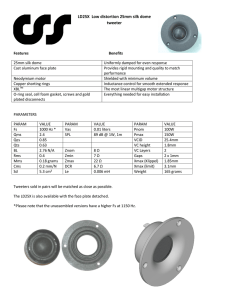
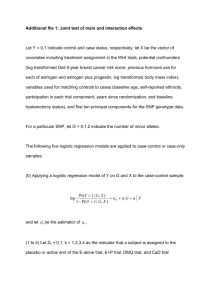
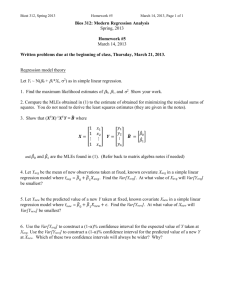


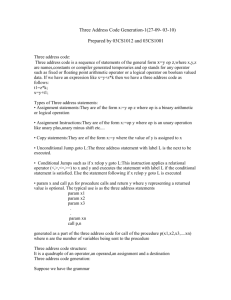


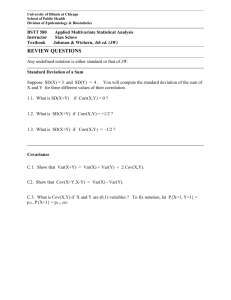

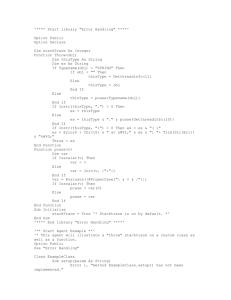
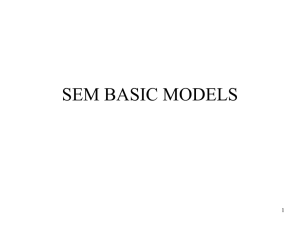
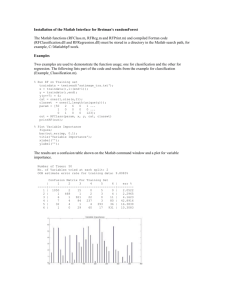
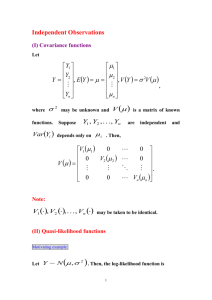

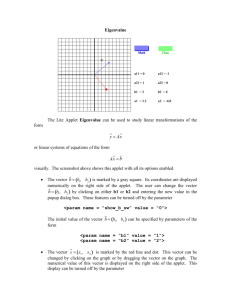
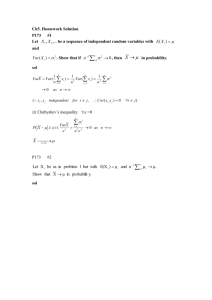

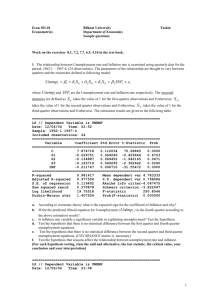
![-----Original Message----- From: Richard A Crider [ ]](http://s2.studylib.net/store/data/015587511_1-20933f549614c4721bc9b0e96232f31d-300x300.png)
